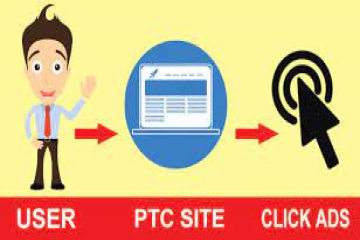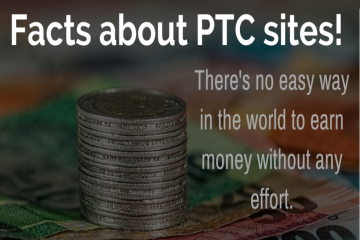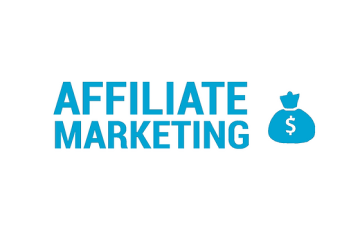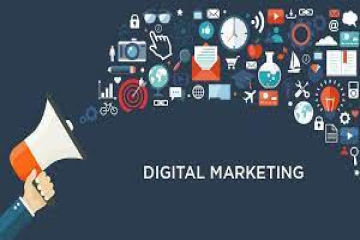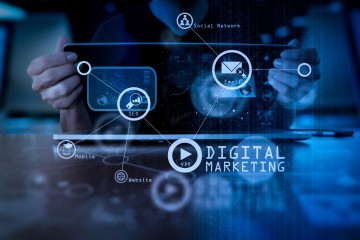Blog Details
- Home
- Blog Details
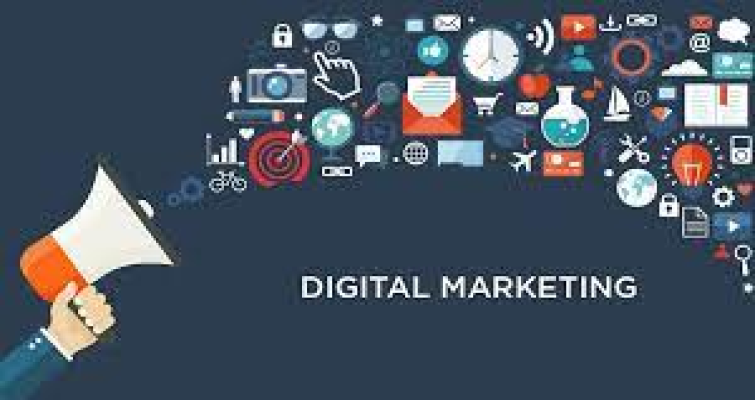
Digital Marketing
Any marketing that uses electronic devices and can be used by marketing specialists to convey promotional messaging and measure its impact through your customer journey. In practice, digital marketing typically refers to marketing campaigns that appear on a computer, phone, tablet, or other device.
It can take many forms, including online video, display ads, search engine marketing, paid social ads and social media posts. Digital marketing is often compared to “traditional marketing” such as magazine ads, billboards, and direct mail. Oddly, television is usually lumped in with traditional marketing.
Did you know that more than 3 quarters of Americans go online on a daily basis? Not only that, but 43% go on more than once a day and 26% are online “almost constantly.” These figures are even higher among mobile internet users. 89% of Americans go online at least daily, and 31% are online almost constantly. As a marketer, it’s important to take advantage of the digital world with an online advertising presence, by building a brand, providing a great customer experience that also brings more potential customers and more, with a digital strategy.
A digital marketing strategy allows you to leverage different digital channels–such as social media, pay-per-click, search engine optimization, and email marketing–to connect with existing customers and individuals interested in your products or services. As a result, you can build a brand, provide a great customer experience, bring in potential customers, and more.
What is digital marketing? Digital marketing, also called online marketing, is the promotion of brands to connect with potential customers using the internet and other forms of digital communication. This includes not only email, social media, and web-based advertising, but also text and multimedia messages as a marketing channel. Essentially, if a marketing campaign involves digital communication, it's digital marketing.
